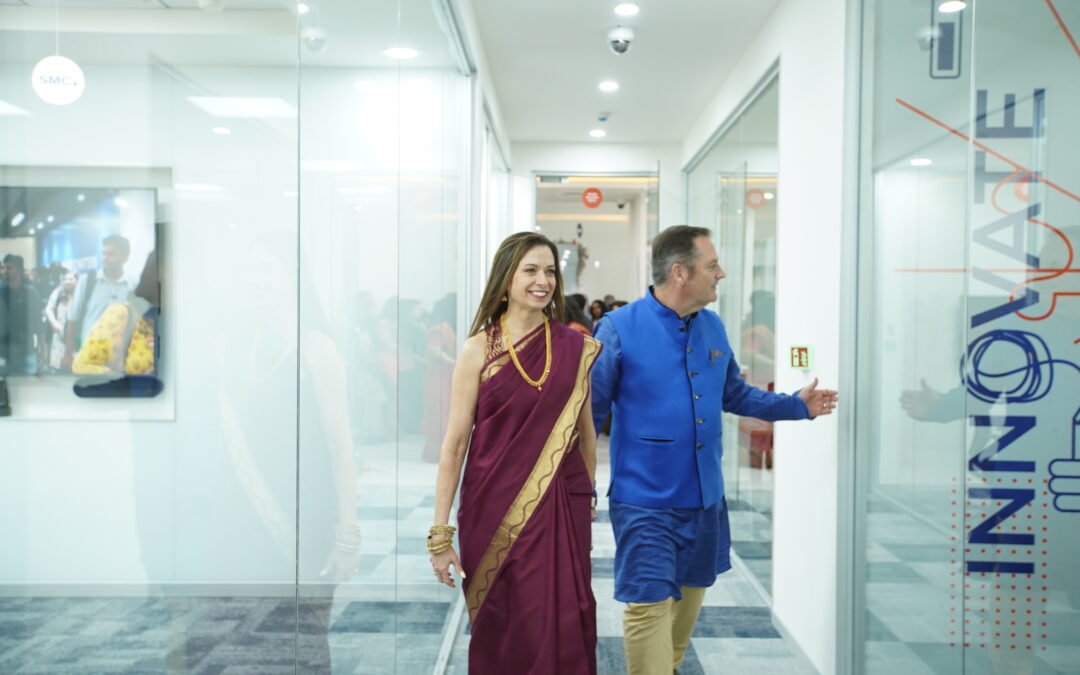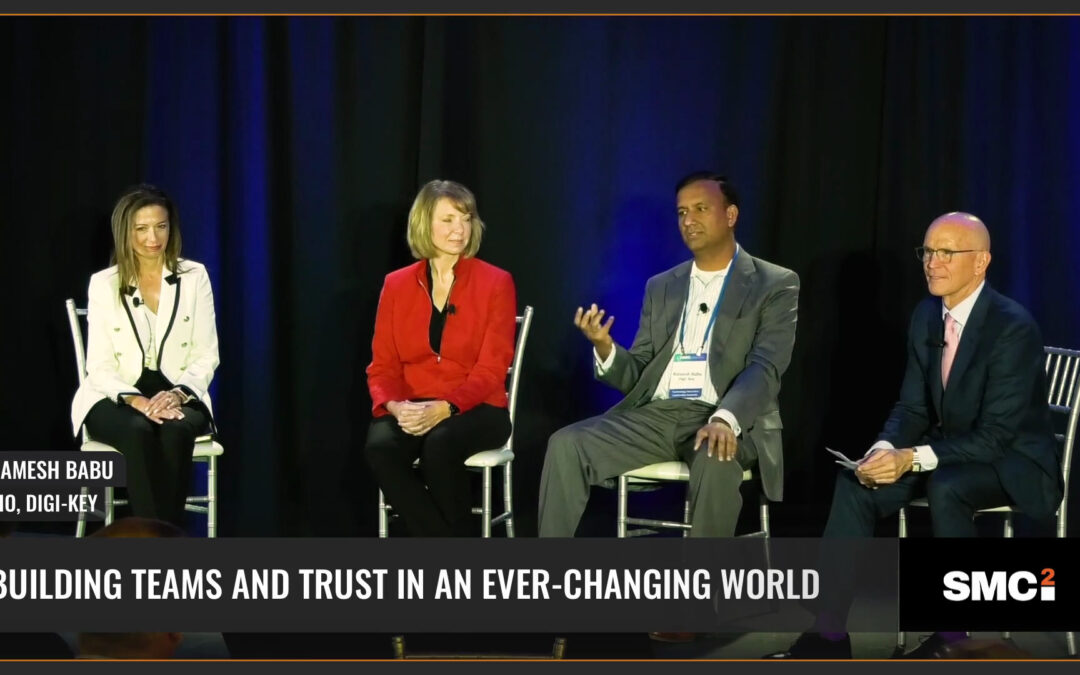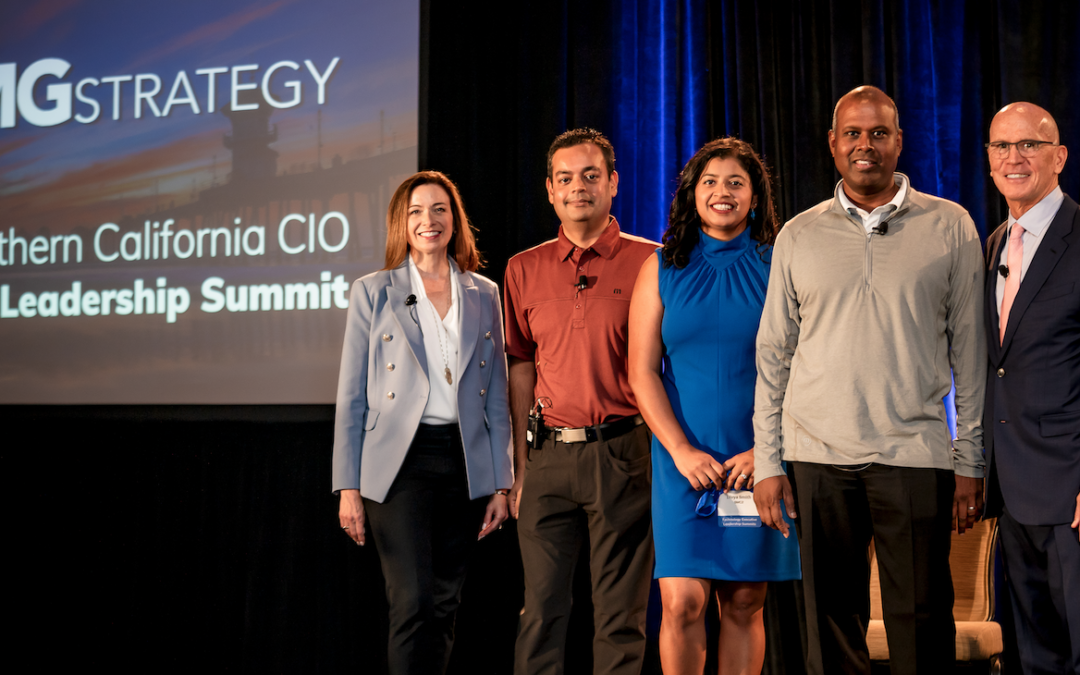

How US Firms are Achieving True India Costs
Note: This post is in response to the CIO Magazine article: “The Hidden Costs of Outsourcing,” by Stephanie Overby.
As the need for change and innovation continues to grow, companies are rapidly shifting focus towards outsourcing as a solution to assisting in digital innovation.
For many US companies, understanding the total cost of IT talent services has always been challenging, and are even more concerning now as budgets and resources tighten during the COVID-19 crisis.
We sat down with SMC Squared Co-founder and SVP of Global Services Steven Stephan to shed light on what to consider as you source IT talent and how to drive the “true India costs” that so many US firms are looking to take advantage of now.

Steven J. Stephan
With over 30 years of experience, Stephan has successfully led Fortune 50 technology teams both in India and the US. With an extensive understanding of the US/India synergies, including two years spent in Bangalore, he brings unparalleled passion, engineering discipline, and cultural intelligence to both SMC Squared and the US firms we partner with.
Many companies experienced an unanticipated disruption due to the Covid-19 crisis. Project timelines had to be extended, delivery negatively impacted and enterprise control compromised. What are your thoughts on the impact of uncertainty?
SJS: While there’s no doubt that the pandemic has had an impact in some shape or form on all businesses, we have not seen a significant disruption with our clients, in part due to the business continuity plans that were already set in place.
Continuity plans are a basic deliverable from the time of initial setup with SMC Squared and are essential for every global office. All SMC Squared global employees are provided with secure laptops and remote connectivity as part of our continuity plan if the office is not accessible. This was tested for our clients prior to COVID, so when Prime Minister Modi announced the shutdown with short notice, all of our employees had their laptops with them, including those who may have traveled home to their native places over the weekend. Therefore, despite the continued uncertainty of the pandemic, the change has had a minimal impact on work capacity.
Can you share your thoughts on outsourcing and its impact on organizational change management?
SJS: Perhaps the biggest opportunity that US companies often miss when moving to an outsourcing strategy is to account for organizational change management. This is likely because most people who have worked with contractors in India before have worked on the traditional contractor model, where an on-site coordinator was assigned as the key communications role between the US and India. However, working with a Global Insourcing Center, or “GIC” is completely different.
When working with a GIC model, the onsite coordinator role is absorbed within the roles of the global team, resulting in accountability to each other’s needs, rather than dumping it all on the one individual. SMC Squared has found it to be critical to providing a dedicated resource to help companies manage the difference in working with global employees vs. global contractors.
The traditional IT services model is transactional in nature, making money by adding low-cost headcount vs. focused on efficiency and doing whatever it takes as an employee to keep the project on track. The incentive structure for individuals switches from billable hours to completed team tasks. The stale India IT Services model is flawed, not the talent, which is why we’re seeing more US companies creating their own GIC.
What are your thoughts on consulting creep? Is there potential to increase unanticipated costs?
SJS – The key to avoiding consulting creep is not to outsource the critical control of your IT. The difference between the traditional outsourcing model and Global Insourcing Centers is that the India-based team becomes employees of the US company so they do whatever it takes to get the job done.
In my 15 years working under this model, India has always stepped up and picked up the extra load, strived for root cause analysis to eliminate unnecessary work cycles, and/or debugged difficult problems with production or development. When the mindset and financial model shifts from billable hours to project completion, the extra time that is required within a software development lifecycle doesn’t cost more money. SMC Squared has a fixed monthly billing based on producing a US FTE-equivalent of results, not hours.
With the current need to be agile and innovate, does outsourcing limit innovation?
SJS: GICs are based on innovation and the lower cost to innovate. Bangalore alone has one of the largest talent pools for IT innovation because of the large number of startups in the area. Any company that owns or operates a GIC in this locale is naturally creating an innovation lab that allows for lower cost and faster cycles of innovation. According to the Bengaluru Innovation Report 2019, Bengaluru accounts for 44 percent of the Indian startups with over $1 billion in valuation.
Overall, many of the issues that companies often see with unanticipated costs are related to engaging in the traditional consulting offshore model vs the GIC employee model where consultants are more focused on billable hours and growing the account. GICs want to drive efficiency and increase value to their organization.
The SMC Squared GIC model is unique because we strive to take all the risks typically associated with outsourcing out of the equation. By partnering with US firms, we work together to minimize risks and capital, allowing companies to convert what they have spent on an India contractor into an investment that is more efficient, profitable, and valuable in the long run.
Read more about how SMC Squared partners with clients to save an average of 42% on IT talent as they turn to our innovative Global Insourcing Centers.
Want to go inside a GIC? Click here.
For more information contact:
Trent Michaels
Director, Business Development
trent.michaels@smc2.com
More Perspectives:

SMC2 Sponsors Annual SIM DFW Golf Invitational
Topgolf Callaway Brands shares their global talent strategy at the HMG Strategy 2022 Southern California CIO Executive Leadership Summit.

SMC Squared Expands Footprint in India, Unleashing Global Capability Center Potential
SMC Squared, the US leader in Global Capabilities Centers, annoiunces the opening of its state-of-the-art offices in India.

How Digi-Key Builds Teams and Trust
“This is a master class on building a world class culture, a world class organization, and really understanding how to compete on a global stage,” said Hunter Muller, President and CEO of HMG Strategy.

How TopGolf Callaway Brands grew to a $3.8B Company
Topgolf Callaway Brands shares their global talent strategy at the HMG Strategy 2022 Southern California CIO Executive Leadership Summit.
Scale Your Tech Output: Step 1
Complimentary Strategic Assessment Meeting. Send us a message and tell us when would be a convenient time to learn more about what a Global Insourcing solution can do for your organization.
